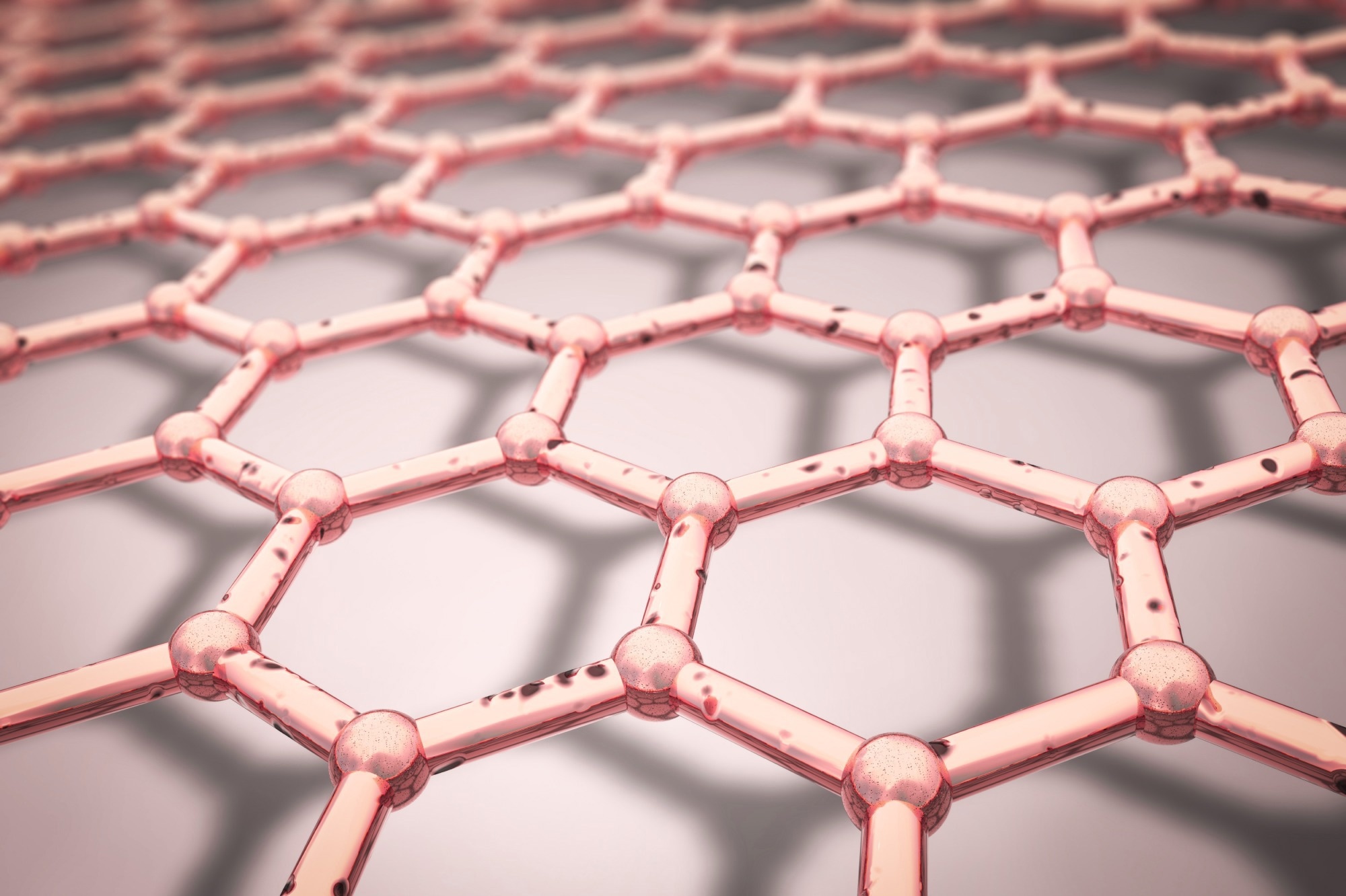A recent study published in Polymers detailed the development of polymer matrix nanocomposites incorporating copper nanoparticles (Cu-NPs) through UV-photopolymerization additive manufacturing. The research primarily focused on assessing the impact of Cu-NPs on the mechanical properties of these nanocomposites.

Image Credit: Kateryna Kon/Shutterstock.com
Background
Nanocomposites have gained significant attention for their superior mechanical, thermal, and electrical properties compared to traditional materials. Integrating nanoparticles into polymer matrices can significantly enhance performance, making these materials ideal for aerospace, automotive, and biomedical applications.
Copper nanoparticles are known for their excellent electrical conductivity and antimicrobial properties, making them attractive for photopolymer resins. However, challenges such as particle agglomeration and increased viscosity must be addressed to fully leverage these benefits.
The Current Study
This study systematically fabricated and characterized polymer matrix nanocomposites. The photopolymer resin was mixed with varying concentrations of Cu-NPs (0.0 %, 0.5 %, and 1.0 % by weight) to assess the impact of particle loading on the material properties.
Scanning electron microscopy (SEM) was used to analyze nanoparticle size and distribution, revealing a mean particle size of approximately 72.9 nm. The addition of Cu-NPs increased the viscosity of the resin, with values ranging from 0.4 Pa.s for the neat resin to 1.8 Pa.s for the 1.0 % Cu-NP formulation.
Tensile tests were conducted according to ASTM standards to evaluate the mechanical properties of the nanocomposites. The samples, prepared in a dog-bone shape, were subjected to 10 minutes of UV curing. Weibull statistics were employed to assess the variability in tensile strength across different formulations, providing insights into the reliability and consistency of the materials. Additionally, shrinkage tests were conducted to evaluate dimensional stability during curing, with measurements taken in the x, y, and z directions.
Results and Discussion
The tensile test results revealed that incorporating Cu-NPs caused a decrease in tensile strength, likely due to the nanoparticles acting as stress concentrators within the polymer matrix. The neat resin demonstrated higher tensile strength compared to the Cu-NP formulations. However, UV irradiation enhanced the strength of the nanocomposites, indicating that the curing process is crucial in determining the final mechanical properties.
Weibull analysis revealed high modulus values for both the neat resin and the nanocomposite formulations, indicating low variability in tensile strength. The modulus values were recorded at 34.8 for the neat resin and 30.9 for the 1.0 % Cu-NPs formulation, suggesting consistent material performance. The low variability is particularly advantageous for manufacturing applications, as it suggests that the materials can be produced with predictable performance characteristics.
The study also identified particle agglomeration as a significant issue during the manufacturing process. Cu-NPs tended to precipitate to the bottom of the printing tank, leading to agglomerated spots that could initiate fractures in the final printed parts.
To address this challenge, the authors suggested several improvements to the manufacturing process, including using dispersion emulsifiers to keep the nanoparticles suspended and enhance their interaction with the resin. Additionally, they recommended pre-processing techniques like chemical treatment or heating of the Cu-NPs to improve adhesion to the resin and reduce agglomeration.
Shrinkage tests revealed that samples containing Cu-NPs experienced less shrinkage compared to the neat resin, which is advantageous for maintaining dimensional accuracy during curing. The results indicated that curing time, whether 5 or 10 minutes, had minimal impact on the final dimensions, suggesting that the initial 5 minutes of curing are sufficient for achieving dimensional stability.
Conclusion
This research successfully demonstrated the fabrication of polymer matrix nanocomposites with copper nanoparticles via UV-photopolymerization additive manufacturing. While the inclusion of Cu-NPs reduced tensile strength, the UV curing process significantly enhanced the mechanical properties of the nanocomposites.
The study highlighted challenges related to particle agglomeration and increased viscosity, proposing solutions to improve the manufacturing process. These findings emphasize the importance of optimizing processing techniques to achieve superior nanocomposite materials, paving the way for future applications across various industries.
This research contributes valuable insights into the potential of nanocomposites to revolutionize material performance in additive manufacturing.
Journal Reference
Gil L.D., et al. (2024). Polymer Matrix Nanocomposites Fabricated with Copper Nanoparticles and Photopolymer Resin via Vat Photopolymerization Additive Manufacturing. Polymers. DOI: 10.3390/polym16172434, https://www.mdpi.com/2073-4360/16/17/2434